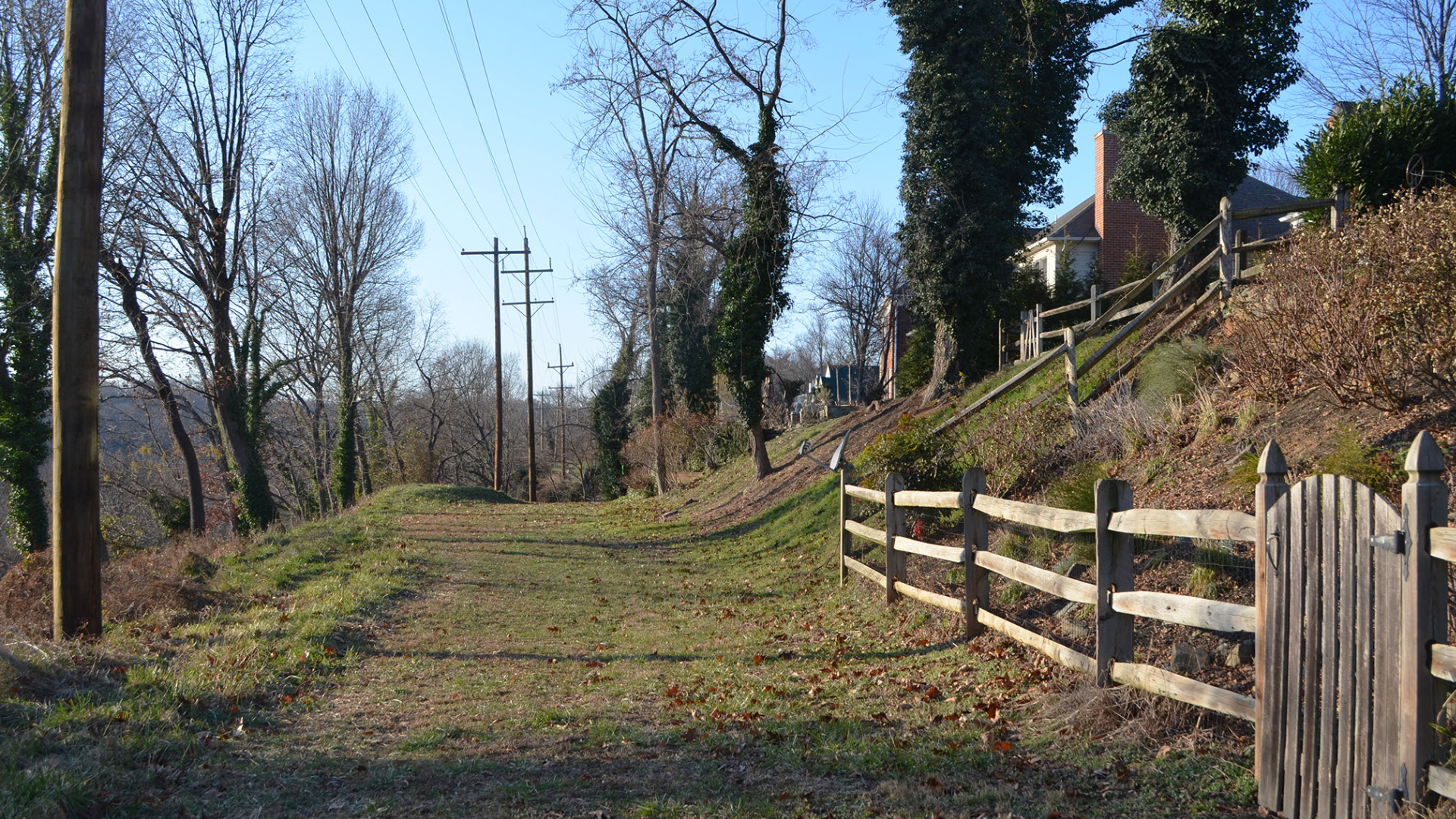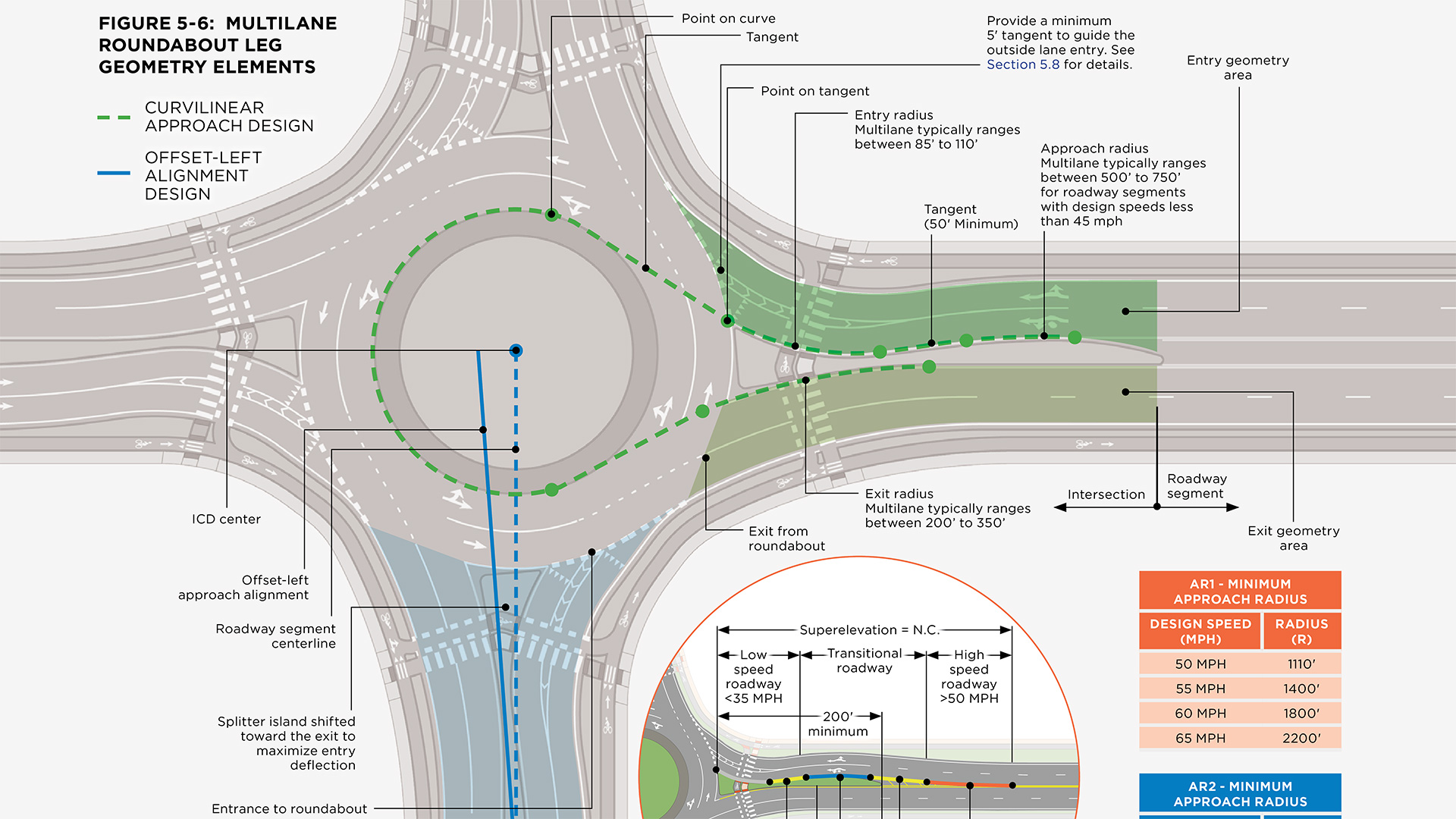Challenge
The Maryland Department of Transportation, in collaboration with the Baltimore Metropolitan Council and the Baltimore Regional Transportation Board, is preparing Resilience 2050: Adapting to the Challenges of Tomorrow. This long-range transportation plan (LRTP) will address the needs of the Baltimore region in the coming years. Kittelson was brought on to study the potential impacts of connected and automated vehicles (CAVs) on the region and to formulate customized CAV recommendations that can be adopted by local communities.
Solution
Our team authored two comprehensive guidebooks containing feasible actions local agencies can take to plan for impacts of CAVs. The first guidebook, Connected and Automated Vehicle (CAV) Planning Guide: Recommended Actions for Local Agencies to Prepare for CAVs, explains the impacts of CAVs on transportation, land use, partnerships and the planning process in the region and outlines specific short-, medium-, and long-term actions. The second guidebook, User Guide for Connected and Automated Vehicle (CAV) Planning, offers local agencies an accessible, step-by-step user guide and recommendations for the integration of CAVs into their transportation networks.
The Outcome
Distilling the Complexities of Technology Planning into a User-Friendly Guidebook
As valuable resources, these guidebooks will aid municipalities aiming to incorporate CAV technology into their existing infrastructure. Each contains an executive summary that communicates the importance of proactive planning for CAVs to elected officials and decision makers, to help Baltimore Metropolitan Council maximize the benefits and minimize the challenges of embracing CAV technology.



